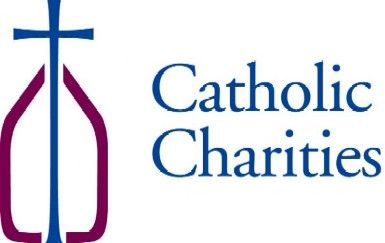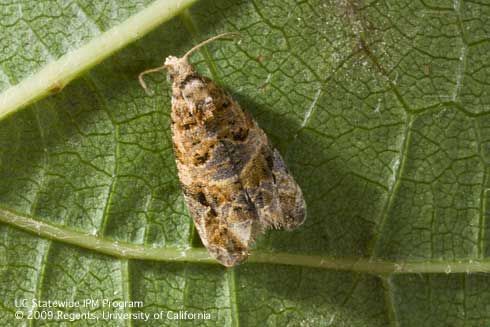
Foreclosure sales of homes where the loans are in default still represent a loss for the banks making the sales. Yet local agencies that work with overextended homeowners say few lenders seem willing to work toward other outcomes.
 When people come to the foreclosure prevention program, says Linda Hedstrom at California Human Development, they sometimes have unrealistic hopes. But the keeping the house is often not possible, so damage control becomes the fallback objective.
When people come to the foreclosure prevention program, says Linda Hedstrom at California Human Development, they sometimes have unrealistic hopes. But the keeping the house is often not possible, so damage control becomes the fallback objective.
One secondary effect of the foreclosure wave has been a considerable number of former homeowners who must return to the ranks of renters. But Hedstrom observes the rental market in Sonoma County currently is much tighter than the for sale housing market.

The wave of home foreclosures that swept California in 2008 and 2009 has not gone away. In some ways, it may be getting worse.

Last year, says Brian O’Callahan, who directs the three-person Foreclosure Prevention program for Catholic Charities in Santa Rosa, his agency was contacted by roughly 3500 people seeking help with home loans gone bad. Out of that number, about 600 met the criteria for his HUD-funded program (first mortgages only, primary residence of the borrower). And only a quarter of those 600 were able to get significant assistance. For many of the rest, the best they could offer was sympathy and someone to listen.


A new foreign insect pest has been found in a north coast vineyard, and extensive trapping is underway to see how widespread the European Grapevine Moth may already be.
The European Vineyard Moth and the Light Brown Apple Moth have a very similar appearance, which isn’t really surprising. As Lucia Varela, an Integrated Pest Management specialist with the University of California Cooperative Extension, explains, both are members of the family of Tortricid moths, which is well known to California agriculture.

Non-native plants and animals that proliferate outside their usual range are often characterized as “invasive” species. Varela prefers the more neutral term, “exotics” to describe the moth pests, but concedes they may well come to be considered invasive, depending on how much of a threat to the area’s vines they become.
This picture shows two tell-tale signs of the European Vineyard Moth, the white “webbing” between the individual grapes, and the shriveled and wrinkled skin, which indicates that the worm has already eaten its way into the fruit.
For more information about the European Vineyard Moth, go to the UC Davis Integrated Pest Management website.

As the 2010 US Census prepares to start counting every American, the five Indian tribes in Sonoma County are getting involved to ensure their people are fully included in the final totals.
Jim Meadows, Partnership Coordinator for the regional Census Center articulates the two most compelling reasons why anyone—and especially native people in California—should want to be included.

Harvey Hopkins, chairman of the Dry Creek Rancheria Band of Pomo Indians adds that a full count of the Native Americans in Sonoma County and throughout the state is critical to the funding formulas that support vital programs that serve these populations.
For comprehensive information about the once-a-decade national survey, go to the 2010 Census website.
 Last year, the federal estate tax earned the government about $25 billion dollars. This year, unless Congress takes action, the amount will be zero.
Last year, the federal estate tax earned the government about $25 billion dollars. This year, unless Congress takes action, the amount will be zero.
 The missing Estate Tax in 2010 means more than just less revenue for the federal government. Santa Rosa tax attorney MaryClare Lawrence explains it has a ripple effect that touches virtually anyone who has some kind of an estate plan.
The missing Estate Tax in 2010 means more than just less revenue for the federal government. Santa Rosa tax attorney MaryClare Lawrence explains it has a ripple effect that touches virtually anyone who has some kind of an estate plan.
Nor are the complications in the tax law that apply in 2010 limited to the Estate Tax. Lawrence says that calculating Capital Gains on inherited wealth has also gotten trickier.
 This table shows how the revenue collected from Estate Taxes was apportioned before the minimum exemption was increased. The first blue column, for estates of less than $2.5 million, has gone away for the past several years, but unless Congress enacts changes, Lawrence says it is due to return with a in 2011.
This table shows how the revenue collected from Estate Taxes was apportioned before the minimum exemption was increased. The first blue column, for estates of less than $2.5 million, has gone away for the past several years, but unless Congress enacts changes, Lawrence says it is due to return with a in 2011.

 Live Radio
Live Radio